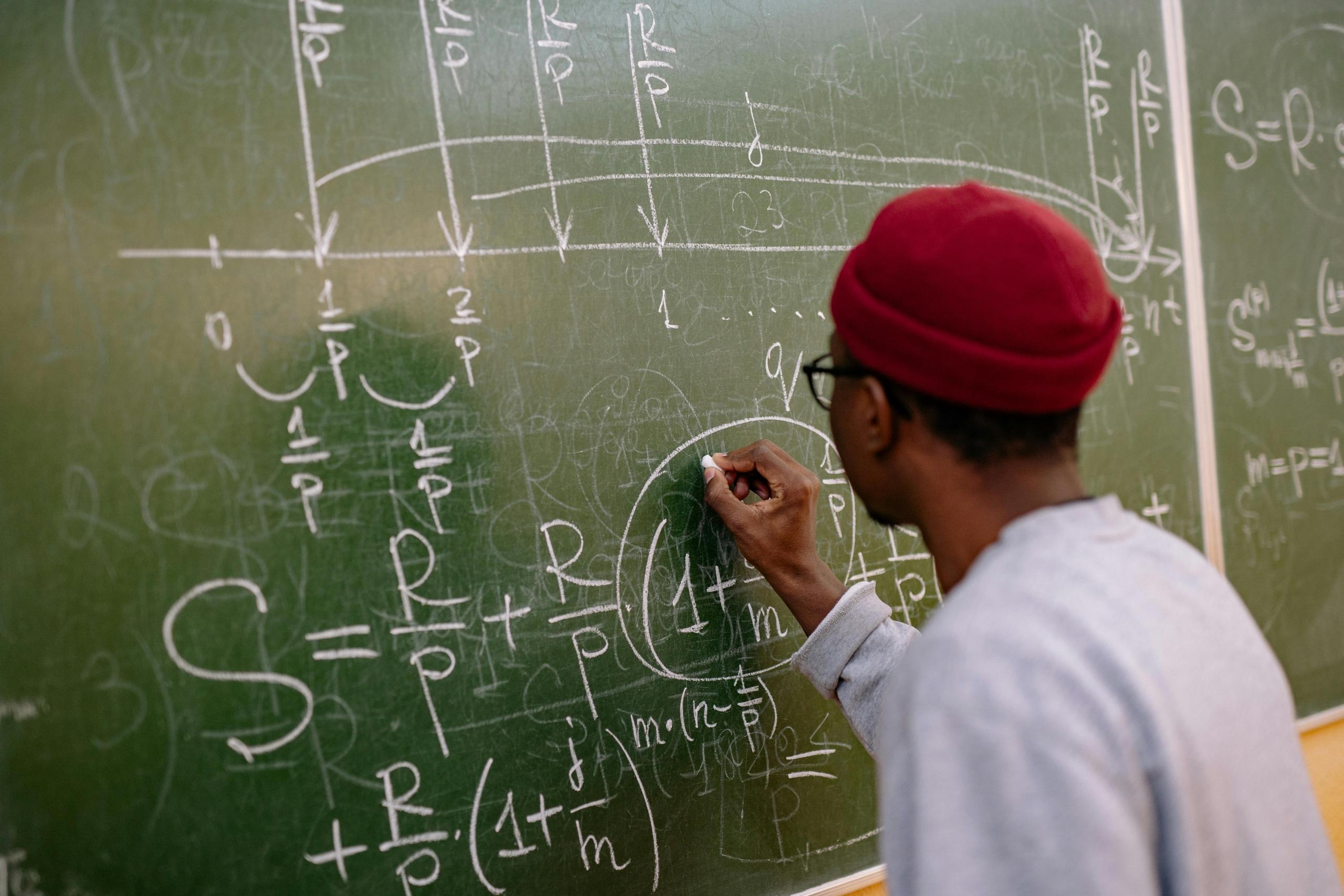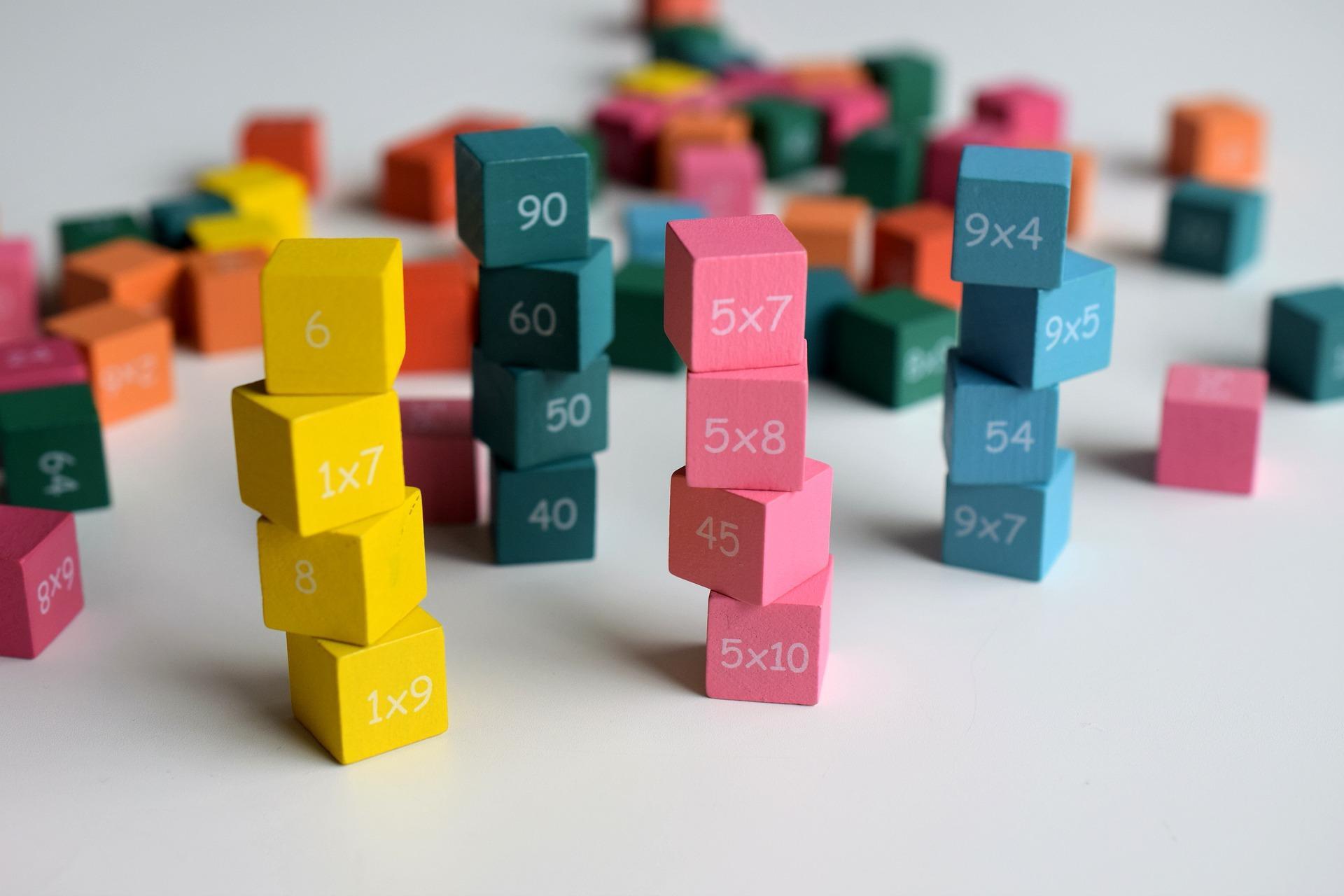Are you interested in exploring the fascinating history of mathematics timeline?
Are you interested in maths education from Grade 1 to Matric? Perhaps you have wondered about advances in mathematics since the discovery of algebra or the imprint that Einstein left on the history of mathematics.
To comprehend our current understanding of the most up-to-date advances in mathematics, we must embark on a journey through the ages, starting with ancient Greek and Arab philosophers. In this article, you will find out about the extraordinary history of mathematics and how it still leaves its mark on society today.
Not only does our collective maths education influence fields as diverse as computing and art, but it also provides interesting connections between the brilliance of Albert Einstein and the historical development of mathematics. Additionally, we'll venture into the lesser-known aspects of mathematics that are often excluded from conventional education.
Want to give private lessons?
Join the Superprof community and share your knowledge with inquiring and motivated students.
The Birth of Maths
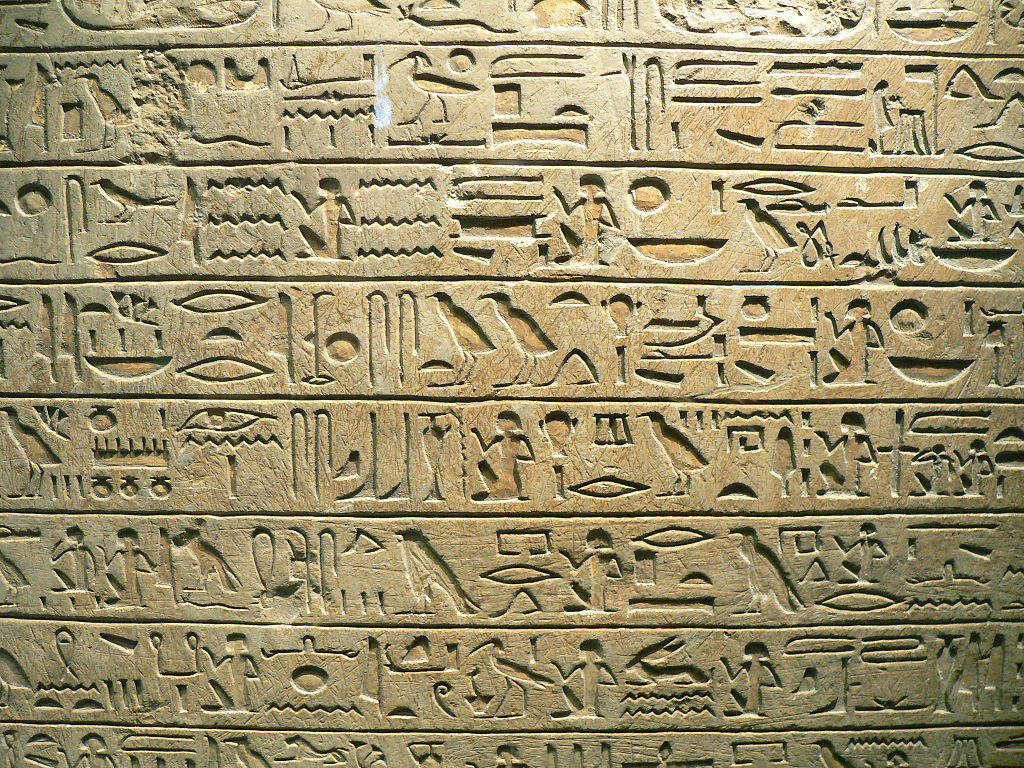
To learn the origin of maths, we need to take a look at the ancient world.
The ancient Egyptians can be credited as one of the earliest civilisations to utilise mathematics. Excavations in the 19th century unearthed objects with evident mathematical purposes, showcasing the capabilities of early societies in solving equations and conducting intricate trade transactions. Their mathematical prowess encompassed mental arithmetic, multiplication, division, calculation, subtraction, and addition.
During the era of Plato, Thales, and Pythagoras, renowned for their famous theorems, arithmetic was introduced. Algebra emerged in Alexandria during the 4th century BC. It was during this time that elementary mathematics flourished, with notable figures such as Euclid, Archimedes of Syracuse, and Apollonius of Perge. They laid the foundation for Euclidean geometry, circle study, statics, and the principle of Archimedes. The latter discovery enabled the construction of large boats for the first time.
Trigonometry, which explores the relationships between angles and distances in triangles, owes its development to Ptolemy, Pappus, and Hipparchus. After the fading of these great minds from memory, mathematics slipped into obscurity for several centuries, until the golden age of Arabic mathematics in the 11th century. In the 15th century, Jean Widmann Edmer conceived the modern addition symbol (+ and -). However, it was the 17th century when Western mathematics truly entered its golden age:
- Isaac Newton discovers the law of gravity, famously inspired by an apple falling on his head.
- René Descartes introduces analytical geometry.
- Blaise Pascal contributes to the field with his calculations of probability.
- Newton presents the world with calculus.
A private tutor can help dispel any misconceptions about Maths and help you discover advances in mathematics that you may not yet know about.
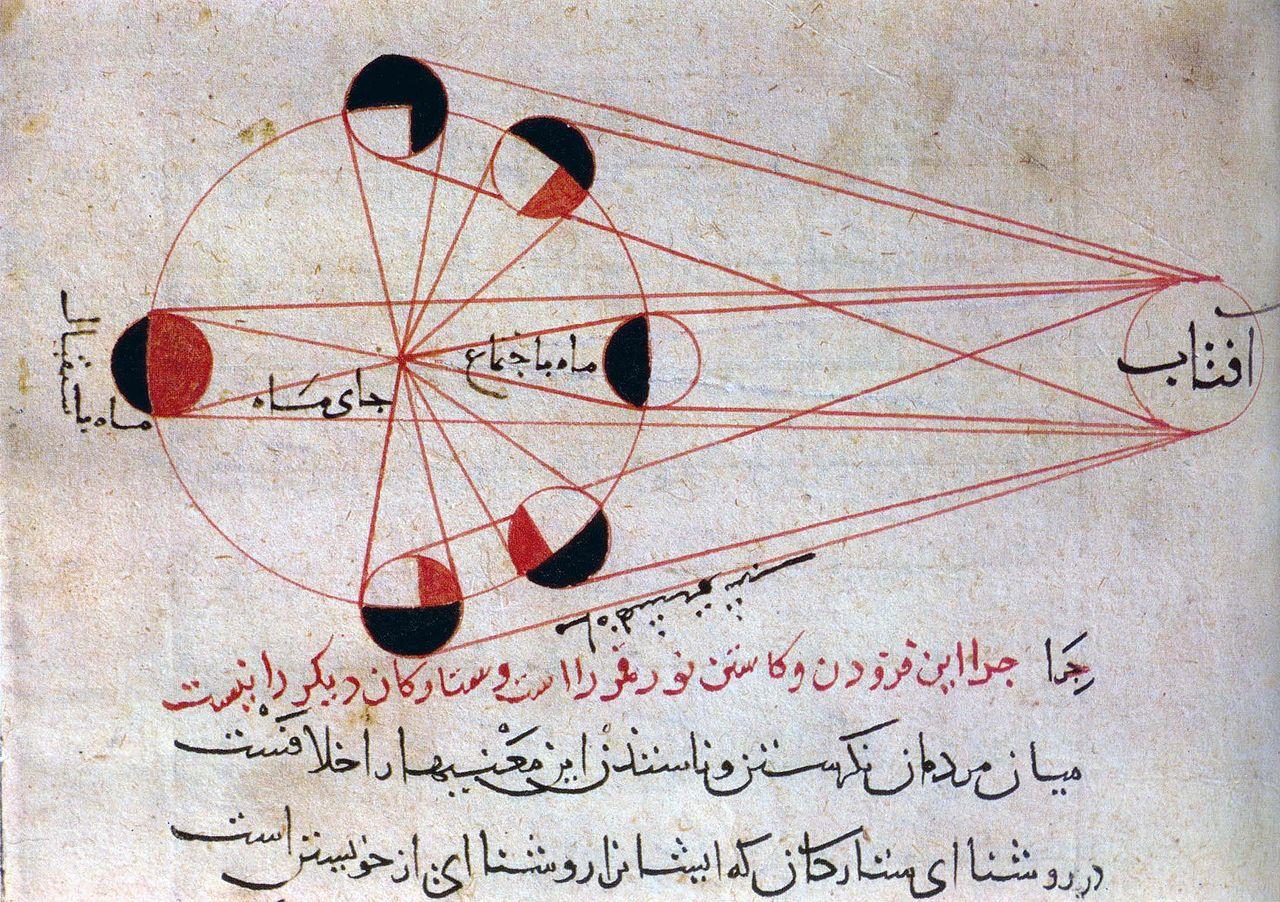
During the 18th Century, Euler looked at functions while Lagrange studied variations and fluid mechanics, but the question is what has happened on the maths timeline during the past two centuries? Advances in maths education on topics like number theory and the distribution of prime numbers have been made. Of great significance, it is thanks to advances in mathematics that the world has benefited from the invention of electricity.
The Evolution of Maths Education
Mathematics education has undergone significant transformations over the past two centuries. As early as 1818, John Pounds established 'Ragged Schools' in the UK where arithmetic was taught free of charge. This marked the beginning of integrating mathematics into every child's education, ensuring that reading, writing, and counting were fundamental skills taught to all students.
During the 1960s, South Africa witnessed significant advancements in mathematics education. Efforts were made to improve access to education for all, regardless of race or ethnicity. The Bantu Education Act of 1953 aimed to provide basic education to black South African students, including mathematics instruction. Tragically, however, the curriculum and resources were often inadequate compared to those provided to white students. Despite these challenges, there were pockets of progress, with some schools and educators striving to enhance mathematics teaching and learning. These efforts laid the groundwork for future reforms and initiatives that aimed to address the disparities and improve the quality of mathematics education in South Africa.
Today, maths education in South Africa has come a long way. Equality aside, beginning in primary school, teachers recognise the importance of developing number fluency as the foundation for mathematical understanding.
There’s no doubt, the history of mathematics has transformed over time, with a greater emphasis on accessibility and foundational skills. These changes reflected by modern math terms, show the ongoing efforts to provide comprehensive and effective mathematics education to students in the modern era.
Find out more about how maths tutoring has changed in modern times.
Want to give private lessons?
Join the Superprof community and share your knowledge with inquiring and motivated students.
Essential Maths Terms You Should Know
Understanding math terms is essential to your maths education.
To excel in science or mathematics in Grades 11 and 12 or to pursue a career in fields like science, engineering, research, or embark on a journey towards a PhD, it is crucial to have a solid grasp of essential mathematical definitions. These definitions encompass a wide range of concepts, including:
- equations,
- factors,
- quotients,
- numerators,
- products,
- sums,
- terms,
- triangles,
- differences,
- dividends,
- denominators,
- squares and circles
Mastering these fundamental math terms provides the foundation for comprehending more complex concepts such as complex numbers, scalar products, calculus, exponents, and absolute values.
Empower your math journey with a dedicated online mathematics tutor! Gain a strong foundation by delving into essential math terms and concepts in a personalized and interactive learning environment. Our expert tutors will guide you through the intricacies of mathematical language, making learning both comprehensive and enjoyable. Enlist the support of an online tutor today and embark on a path to mastering the essential terms that form the bedrock of mathematical understanding. Let's transform complex concepts into stepping stones for your academic success!
Maths and Computing
Interestingly, maths and computer science share a close bond, often interconnected by a shared vocabulary and logical reasoning. As you progress through the National Curriculum and engage in regular math exercises, expect to acquire a wealth of knowledge.
However, what lies ahead after completing school?
Fortunately, the possibilities abound, including admission to an engineering school, pursuing a career in science, statistics, technology, teaching mathematics, or even pursuing a doctorate.
Furthermore, you could consider a career in IT. The pioneers of computer science were originally mathematicians and some of the most lucrative positions available today are found in this field that was once stereotypically associated with "geeks."
It is not uncommon for educational institutions to combine maths and computer science studies into degrees in business, multimedia or data science.
The Link Between Art and Mathematics is Closer than You Think
It may seem bizarre, but did you know that maths, has more creative elements than you think? In fact, there are strong links between mathematics and art.
Geometry plays a pivotal role in the realms of both drawing and painting.
This can be witnessed through the application of fundamental theorems such as those formulated by Thales and Pythagoras, which find expression in the realms of symmetry and colour coordination. The creative pursuits in drawing and painting also demand precision and introspection. Furthermore, don’t forget not to look the profound influence of the golden ratio within the domain of art.
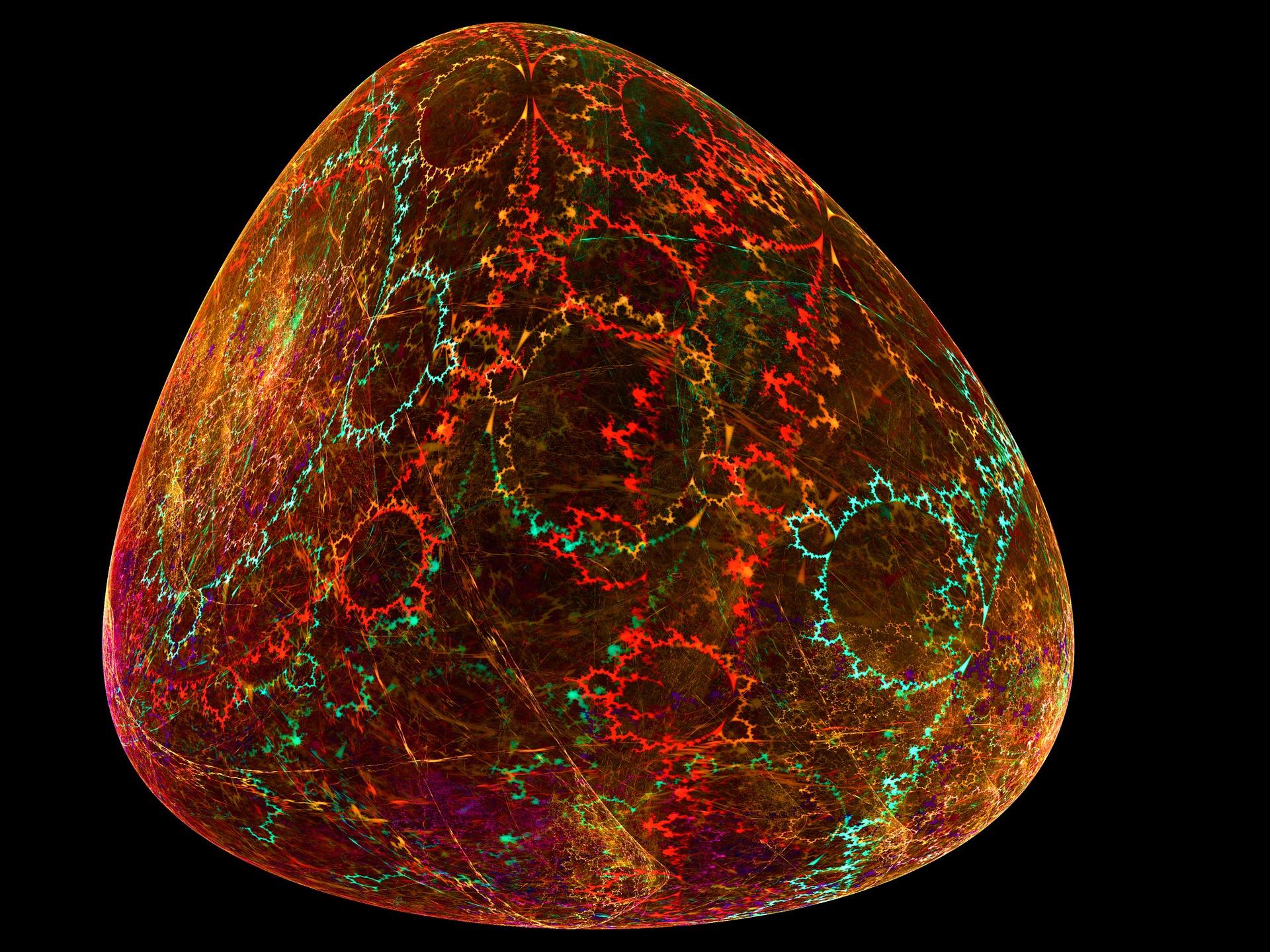
When exploring the intersection of mathematics and art, it would be remiss not to acknowledge the immense contributions of the incomparable Leonardo da Vinci. It is to this indisputable genius that we owe the groundbreaking concept of perspective and the iconic Vitruvian Man, a masterpiece born from the principles of mathematics and an important event on the mathematics timeline.
In addition, we encounter the presence of the golden ratio in two of his most renowned creations, namely the enigmatic Mona Lisa and the timeless masterpiece The Last Supper. Da Vinci's artistry transcended conventional boundaries, seamlessly integrating mathematical principles into his works, captivating audiences for centuries.
You can also try a mathematics lesson online or face-to-face to get even more practice.
Want to give private lessons?
Join the Superprof community and share your knowledge with inquiring and motivated students.







